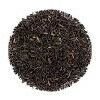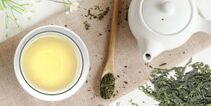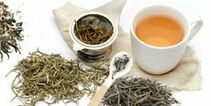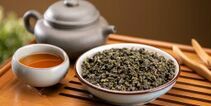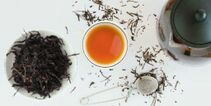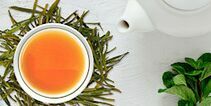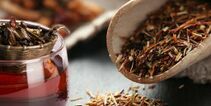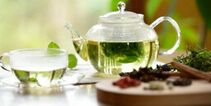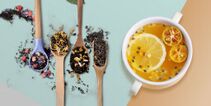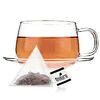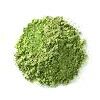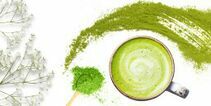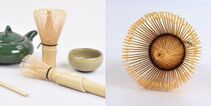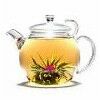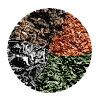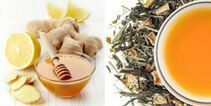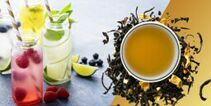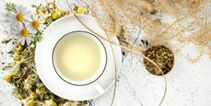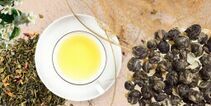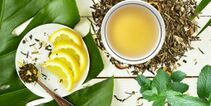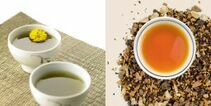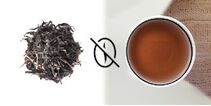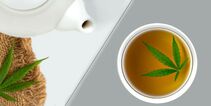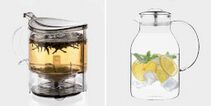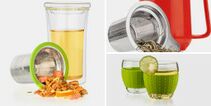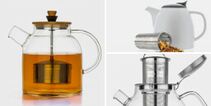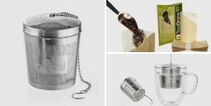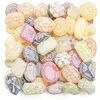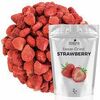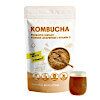“Flavor”ful Options
At Tealyra, we pride ourselves in offering a huge variety of tea- we love that we have something for everyone! Now, we recognize that some blends aren’t everyone’s “cup of tea”; that’s why we have hundreds of varieties. From the highest grade matcha, to single-estate teas, rare luxury teas, organic varieties, to fun fruity tisanes and even healthy herbal remedies- we truly have something for everyone!
Some of the blends we create and carry contain added flavoring; in this blog, we want to discuss added “flavor” and what makes each type different (natural, artificial, nature-identical, etc…).
If adding flavoring isn’t your cup of tea; remember that we carry hundreds of unflavored varieties for you to choose from!
What kind of flavorings are used?
Natural and “nature-identical” flavoring is quite similar, and in fact will have the same chemical structure, the difference is in how it is made.
Natural flavorings:
Natural flavorings are made with physical methods like extraction or distillation as well as with enzymatic or microbiological processes (for example- fermentation) directly from vegetable or animal raw materials.
Nature-identical flavorings:
In contrast to natural flavorings, nature-identical flavorings are made by chemical synthesis and have a chemical composition identical to a natural substance. That means these flavoring substances have the same structure as a substance in a vegetable foodstuff.
For example, natural eugenol from cloves has the same molecular structure and smell as nature-identical eugenol. To create a nature-identical strawberry flavoring you can add (for example) 15 nature identical substances which can appear in strawberries. You can find more than 100 different substances in strawberries, which entirely form the typical natural “strawberry flavoring”.
Compared to natural flavorings the nature-identical ones are much more stable, and often they are more intensive in smell and taste. They are especially used if the flavoring needs to be heat-proof and acid-resisting or if it needs to have a long shelf-life. Natural flavorings are less stable and evaporate with time: these teas should be closed densely. Often you need huge amounts of foodstuff to produce only a few drops of flavoring. Not only can you not get the same “strawberry flavor” from just dried strawberry pieces, but the worldwide consumption of “strawberry flavor” could not be covered with natural flavoring even if only strawberries would be cultivated worldwide.
Artificial flavorings:
Generally, artificial flavorings are not used for tea. They are synthetically manufactured substances with certain properties concerning taste. These substances do not occur in nature. A famous example is ethylvanillin which smells two or three times stronger than true vanillin.
Final thoughts
We believe tea is amazing as is. Some of us at Tealyra are purists, and some of us like sweet and fruity fun tea blends- so we believe that sometimes when you want a flavored drink you should have that option too! It’s a personal choice that we are happy to offer.
Please note that when it comes to our flavored teas- very little actually ends up in your cup!
Only approximately 10% of the soluble substances of the basic product get into the blend, and significantly less once your tea is steeped. So naturally, the amount of flavoring in tea is much lower than sweets, or ice cream for example.

